Suitland Bog
August 2nd, 2009On Saturday, a few GWAPA members met at the Suitland Bog in Suitland, MD for a guided tour by the bog’s caretaker. We visited this bog two years ago, and thought it was time for another visit. On my previous trip, I had thought I had gotten a picture of Red Milkweed (Asclepias rubra), but was corrected by a reader that infact I had not. So, this year, I’m proud to have found it, and got the picture below!
In addition to the Red Milkweed blooming, there was also another type blooming in the bog, which is shown below. Both are very pretty pink flowers. The ranger stated that the milkweeds weren’t always present in the bog, but showed up one day many years ago. He suspects that they were introduced by birds.
Also, interestingly enough, the main attraction at the bog, the Northern Pitcher-Plants (Sarracenia purpurea), are also not native to the bog. Apparently, prior to the mindset of preserving native habitats, botanists would collect interesting plants from other areas, and transplant them into habitats they believed the plants would do well. This is exactly what occured with the pitcher-plants, which were originally transplanted from New Jersey. Currently, the ranger actually has to weed out some of the pitcher-plants to prevent them from over-crowding the natives.
Another one of the carnivorous plants in the bog, Round-Leaved Sundew (Drosera rotundifolia) has been shaded out a little bit since I was there two years ago. Only a few remain, but the ranger is hopeful that some tree maintenance in the bog will help them make a comeback.
The main attraction for me personally is the Ten-Angled Pipewort (Eriocaulon decangulare), which is a magnificant grass, and was in full-bloom. One of the reasons I’m so interested in this particular plant, is that I believe it would probably grow submerged.
It’s quite easy to distinguish an Eriocaulon from other grasses, as the flower-heads are very distinctive. Fortunately, these plants seem to be doing pretty well in the bog. The ranger told us, however, that if they didn’t actively trim and maintain the area, that the whole bog would be totally reclaimed by the forest, and would likely disappear.
For that reason, I’m extremely grateful to him and his colleagues for knowing the importance of preserving this habitat, and making it available for the public to visit. I’m hoping that a few GWAPA members will be able to help volunteer a couple times a year to further this effort.
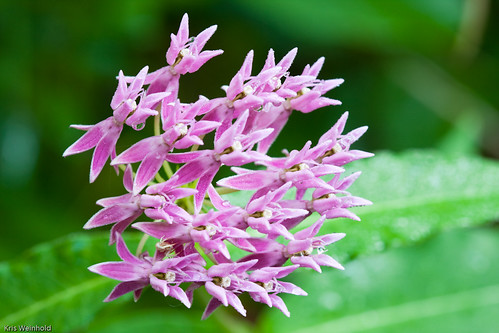
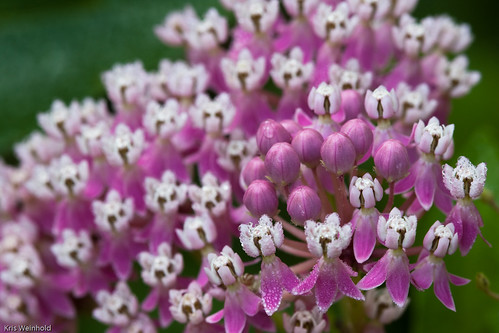
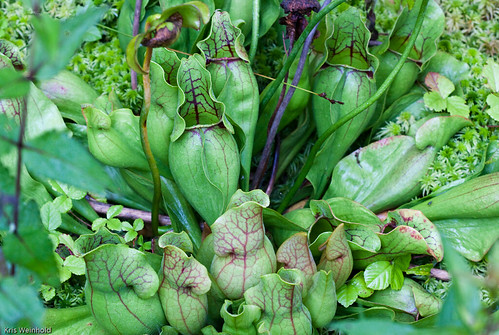

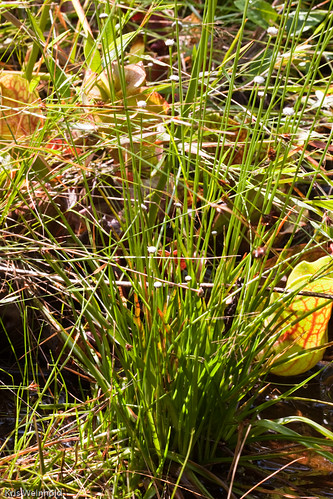
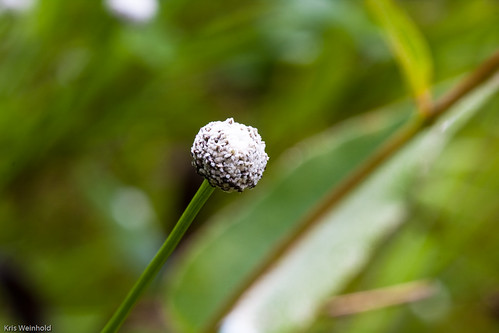
August 2nd, 2009 at 8:38 pm
Lovely as always.
I should pick up some of those sundews to add to my bog garden.
August 3rd, 2009 at 7:18 am
Thanks OG! Sundews are fascinating plants! It looks like there are several available for sale locally from Carnivorous Plant Nursery:
http://www.carnivorousplantnursery.com